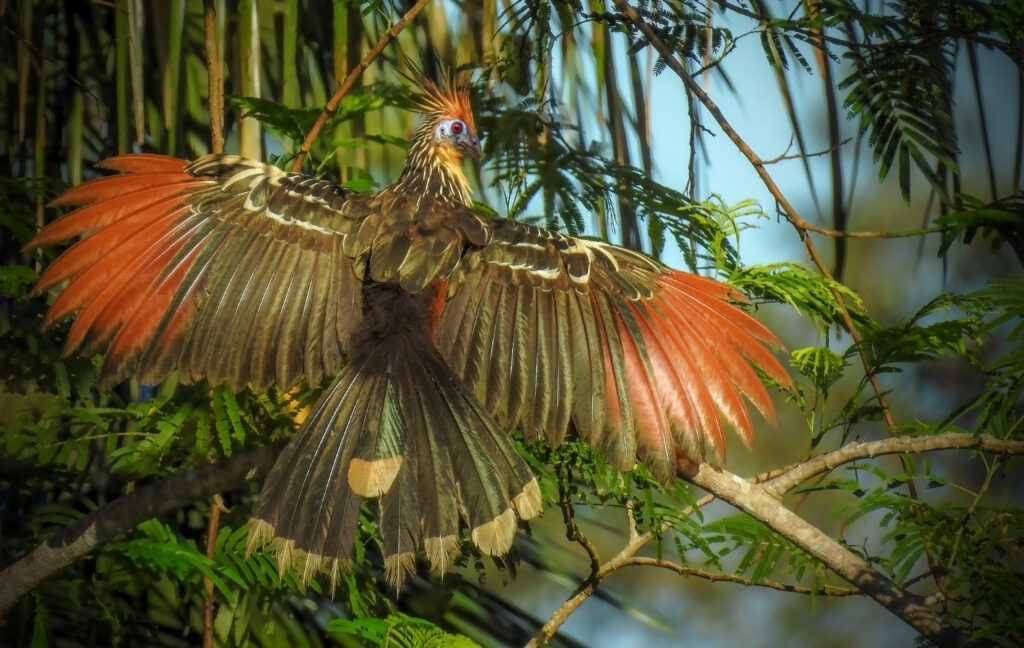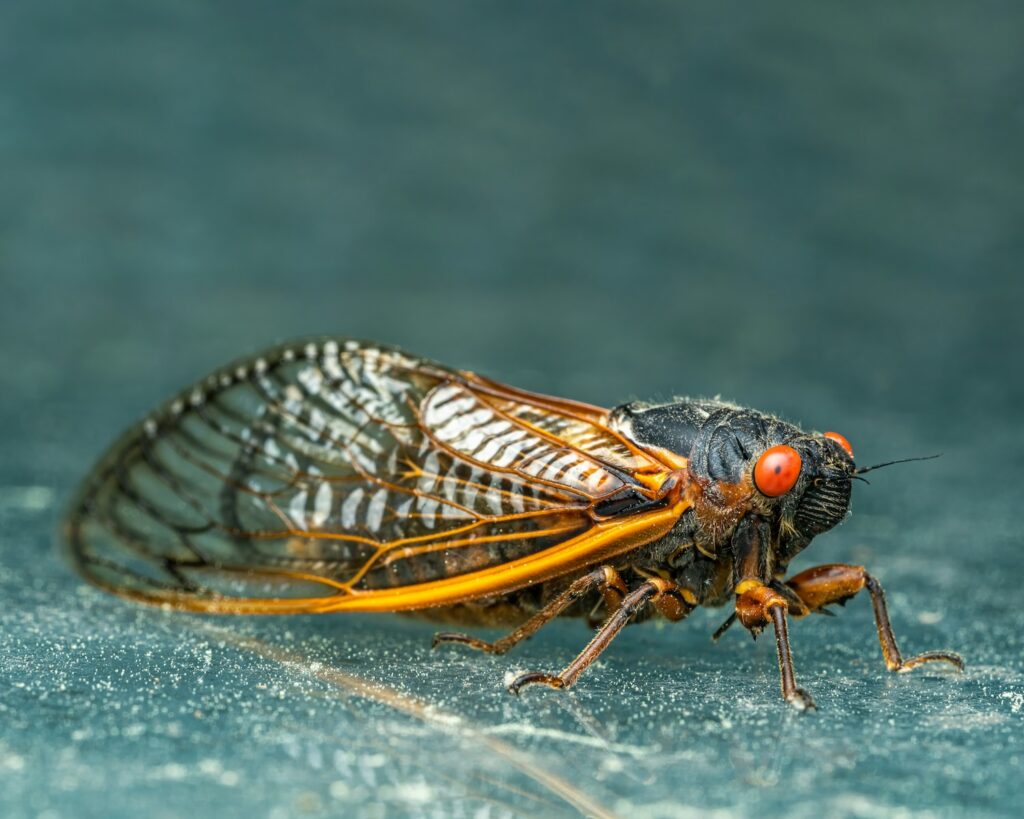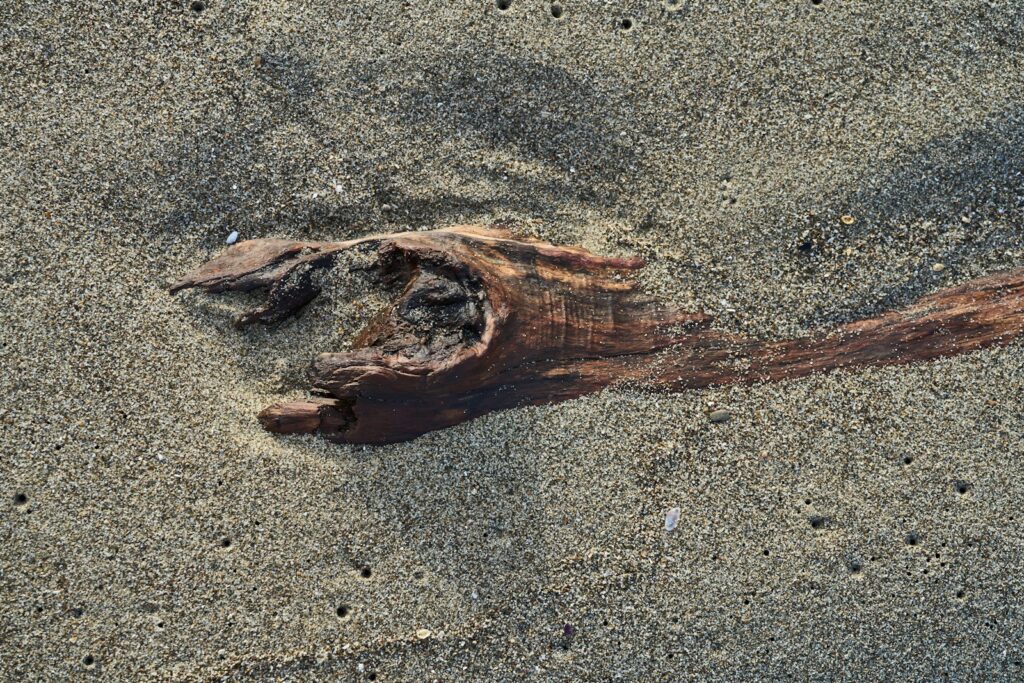When the Chicxulub asteroid struck Earth 66 million years ago, it dramatically altered the course of evolutionary history. The catastrophic impact eliminated roughly 75% of all species, including the non-avian dinosaurs that had dominated terrestrial ecosystems for over 160 million years. From the ashes of this mass extinction emerged unexpected survivors—birds, the only living dinosaur descendants. While many early post-extinction birds maintained flight capabilities, a fascinating ecological phenomenon unfolded: the rapid diversification and dominance of flightless birds. These terrestrial giants evolved to fill ecological niches left vacant by their extinct dinosaurian relatives, creating a remarkable chapter in Earth’s biological history that scientists continue to unravel today.
The Cretaceous-Paleogene Extinction Event: Setting the Stage
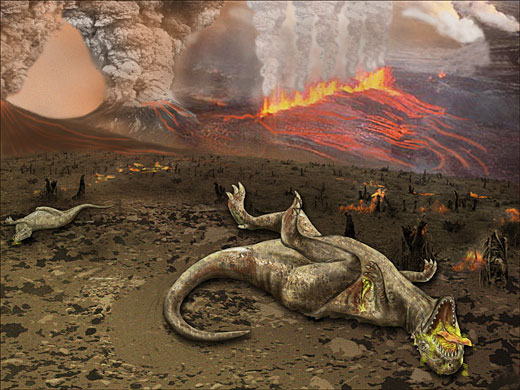
The Cretaceous-Paleogene (K-Pg) extinction event marks one of the most significant biological resets in Earth’s history, occurring approximately 66 million years ago. When the Chicxulub asteroid, estimated at 6-9 miles in diameter, collided with what is now Mexico’s Yucatán Peninsula, it triggered global environmental catastrophes including massive tsunamis, worldwide wildfires, and an impact winter caused by ejected debris blocking sunlight. The resulting climate disruption eliminated approximately three-quarters of all plant and animal species worldwide, including all non-avian dinosaurs. This unprecedented ecological vacancy created survival opportunities for smaller, more adaptable creatures, particularly certain bird lineages that possessed the right combination of traits to endure the post-impact conditions. The massive extinction event essentially reset the evolutionary playing field, allowing survivors to radiate into newly available niches without competition from previously dominant species.
Avian Dinosaur Survivors: The Birds That Made It
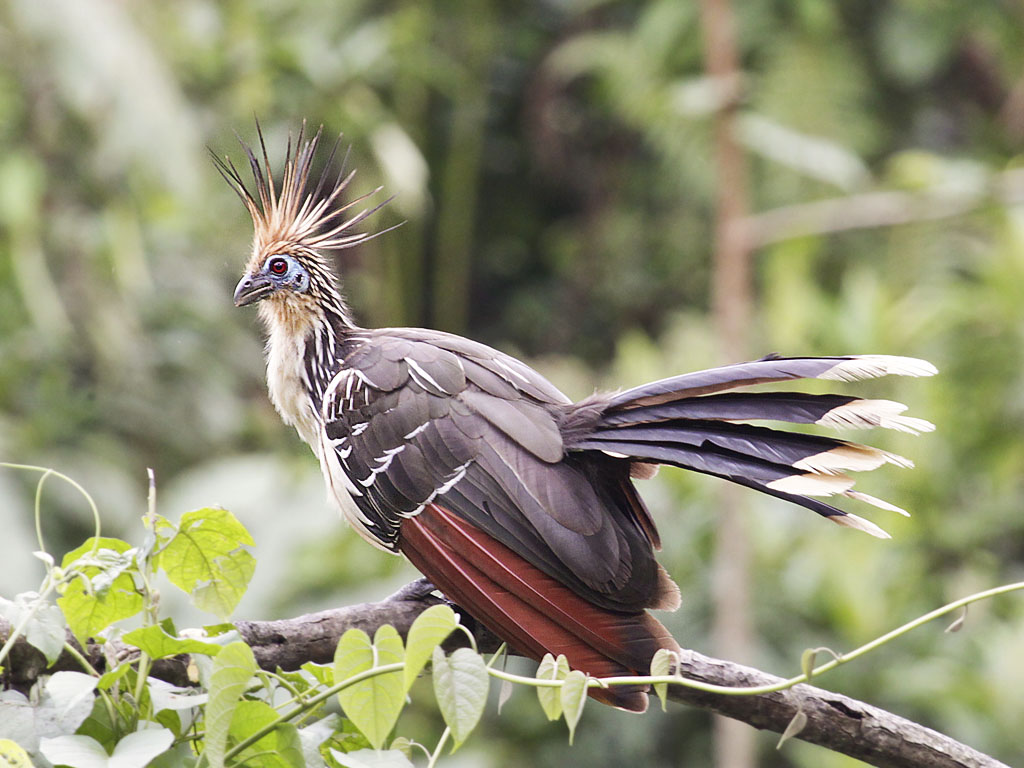
Not all bird lineages survived the K-Pg extinction event, but those that did shared several critical adaptations. Research suggests the surviving birds belonged primarily to a group called Neornithes (modern birds), specifically from the lineages that would become today’s landfowl, waterfowl, and neoavian birds. These survivors typically possessed smaller body sizes, more generalized diets, and ground-foraging capabilities that proved advantageous when forest ecosystems collapsed. Seed-eating abilities appear to have been particularly important, as seeds provided a resilient food source during the extinction aftermath when plant productivity declined dramatically. Many paleontologists theorize that these early bird survivors primarily inhabited southern continents, which may have experienced slightly less severe environmental effects from the impact. The ability to nest on the ground rather than in trees (which were decimated) also likely contributed to certain birds’ survival capabilities during this turbulent period.
The Paleocene Ecological Vacuum: New Opportunities
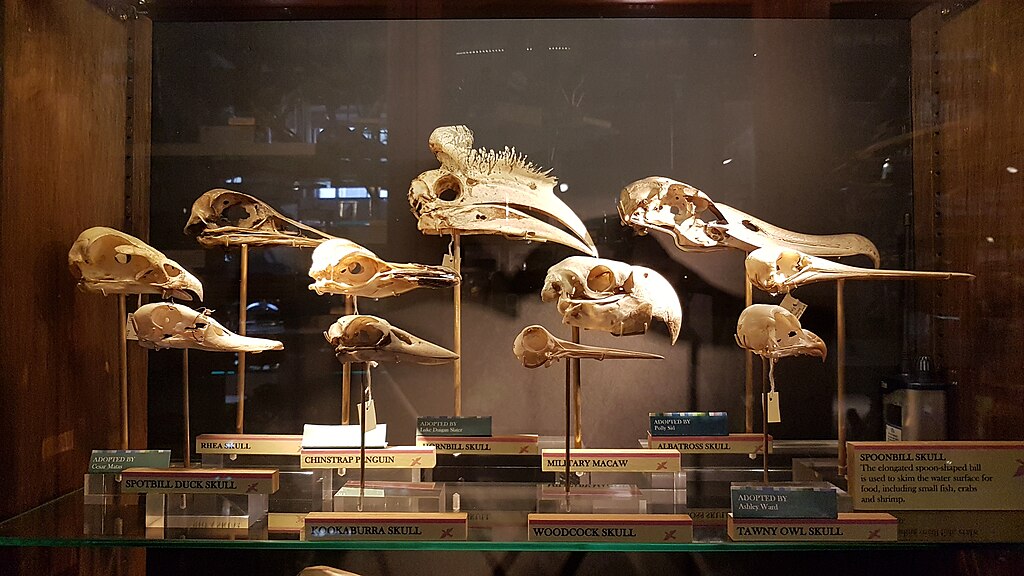
The early Paleocene epoch presented surviving birds with an ecological landscape fundamentally transformed by extinction. With the disappearance of large-bodied dinosaurian predators and herbivores, numerous ecological niches were suddenly vacant. The immediate post-extinction world featured simplified ecosystems with dramatically reduced plant diversity and fragmented habitats. This ecological vacuum created unprecedented evolutionary opportunities for birds, which were among the few amniote groups that survived with significant diversity intact. The absence of terrestrial competitors allowed birds to explore new lifestyles, body forms, and ecological roles previously inaccessible due to dinosaurian dominance. Paleontological evidence suggests that within just a few million years after the extinction, birds had begun diversifying rapidly into these available niches. This period of ecological restructuring established the foundation for what some paleontologists call the “Paleocene Avian Renaissance,” when birds temporarily became the dominant terrestrial vertebrates in many ecosystems worldwide.
The Evolutionary Advantages of Flightlessness
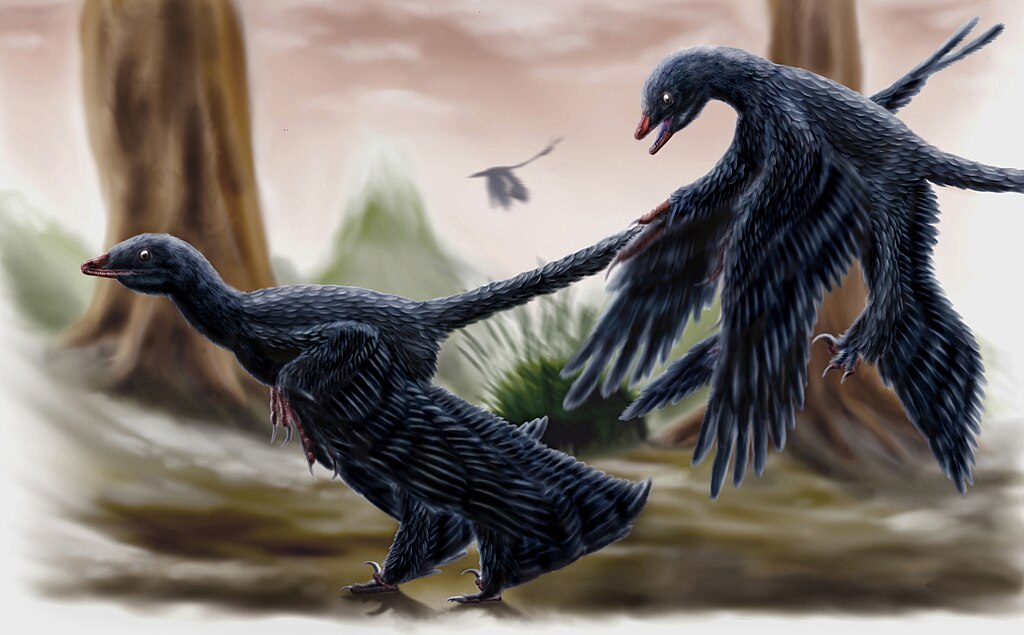
While flight is typically considered birds’ defining adaptation, abandoning this ability offered significant advantages in the post-dinosaur world. Flightlessness freed birds from the metabolic constraints of maintaining flight muscles and lightweight frames, allowing them to evolve larger body sizes. Without large predatory dinosaurs, the primary survival advantage of flight—escape—became less critical in many environments. Flightless birds could redirect energy previously devoted to flight muscles toward developing more powerful legs, larger digestive systems, and increased overall body mass. This evolutionary pathway permitted specialized adaptations for terrestrial living, including more efficient walking and running gaits, improved ground foraging abilities, and enhanced territorial defense capabilities. Furthermore, flightlessness enabled these birds to exploit food resources unavailable to their flying relatives, such as larger fruits and tougher vegetation requiring stronger bills and digestive systems. The fossil record indicates that multiple bird lineages independently evolved flightlessness during the early Paleocene, demonstrating the ecological value of this adaptive strategy in the post-extinction recovery phase.
Gastornis: The European Terror Bird That Wasn’t
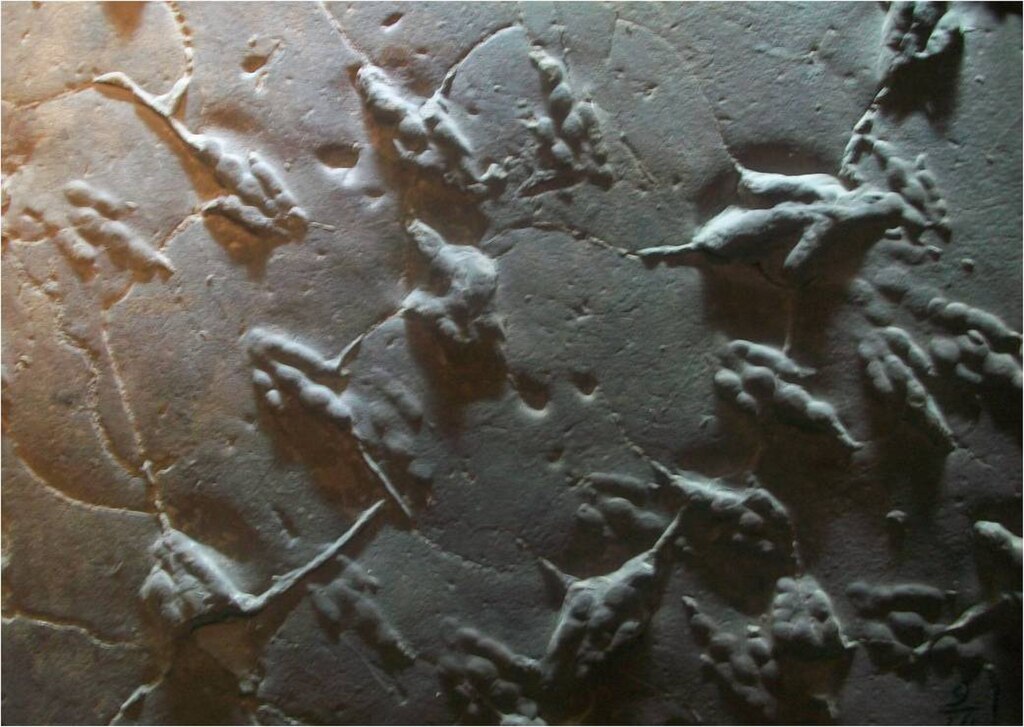
Among the most remarkable early flightless birds was Gastornis, a massive avian that lived approximately 56-41 million years ago across Europe and North America. Standing over 6 feet tall with a massive skull and powerful beak, Gastornis was long portrayed as a fierce predator similar to the later South American “terror birds.” However, recent studies analyzing the bird’s beak structure, stride length, and isotope composition of its fossils have dramatically revised this interpretation. Modern paleontological consensus suggests Gastornis was actually a specialized herbivore, using its powerful beak to crack tough nuts, seeds, and fruits rather than tear flesh. Its thick, robust legs supported its substantial weight but were not built for the rapid pursuit of prey. Gastornis represents a perfect example of how early flightless birds evolved to fill herbivorous niches left vacant by extinct dinosaurs. Its success is evidenced by a wide geographical distribution and approximately 15 million years of evolutionary persistence before eventually disappearing as mammalian competitors diversified.
Dromornithids: Australia’s Thunderbirds

Australia’s geographical isolation created unique evolutionary opportunities for flightless birds, resulting in the remarkable dromornithids, colloquially known as “thunderbirds.” These massive avians evolved from waterfowl ancestors yet developed into some of the largest birds ever to exist. The most impressive, Dromornis stirtoni, stood over 10 feet tall and could weigh up to 1,100 pounds—comparable to the largest known moa species. Dromornithids thrived in Australia from approximately 55 million years ago until just 50,000 years ago, making them one of the longest-surviving lineages of giant flightless birds. Their anatomy reveals fascinating adaptations, including reinforced leg bones supporting their enormous weight, specialized digestive systems for processing Australia’s tough native vegetation, and distinctively broad bills for gathering diverse plant materials. Unlike predatory terror birds, most dromornithids appear to have been herbivores or omnivores, occupying ecological niches similar to today’s large browsing mammals. Their eventual extinction coincided suspiciously with human arrival in Australia, suggesting our species may have played a role in ending their remarkable evolutionary journey.
Phorusrhacids: South America’s Genuine Terror Birds

While some giant flightless birds evolved as peaceful herbivores, South America’s phorusrhacids embraced a carnivorous lifestyle with terrifying efficiency. These “terror birds” evolved in South America during its period of isolation, diversifying into approximately 18 known species across five subfamilies over 60 million years. The largest species, Titanis walleri and Kelenken guillermoi, stood nearly 10 feet tall with massive hooked beaks capable of delivering lethal strikes to prey. Biomechanical studies of their skull structures suggest these birds employed a “hatchet strike” hunting method, using their beaks like deadly axes to inflict devastating wounds. Unlike most modern predatory birds that rely on talons, phorusrhacids killed with their specialized skulls and powerful necks while their sturdy legs enabled remarkable running speeds—some species potentially reaching 30 mph. These avian predators dominated South American ecosystems as apex predators until approximately 2.5 million years ago, when their decline coincided with the Great American Biotic Interchange, suggesting that mammalian competition from North America may have contributed to their eventual extinction.
The Elephant Birds of Madagascar

Madagascar’s isolation fostered the evolution of perhaps the most massive birds that ever lived—the elephant birds of the family Aepyornithidae. These colossal flightless birds descended from flying ancestors resembling modern galliformes (chicken-like birds) but evolved to reach staggering proportions. The largest species, Vorombe titan, stood over 10 feet tall and weighed an estimated 1,600 pounds—making it heavier than most modern elephants. Elephant birds laid eggs with volumes exceeding 2 gallons, representing the largest single cells ever known in any animal. Their evolutionary history stretches back approximately 40 million years, with their massive size developing as an adaptation to Madagascar’s unique ecology, which lacked large mammalian herbivores. Archaeological evidence suggests elephant birds persisted until relatively recent times, with radiocarbon dating placing the youngest remains at approximately 1,000 years ago. Their extinction closely followed human colonization of Madagascar, with evidence of egg harvesting and habitat modification by early settlers, making them one of many flightless bird species eliminated through human activity.
Moa: New Zealand’s Evolutionary Marvels
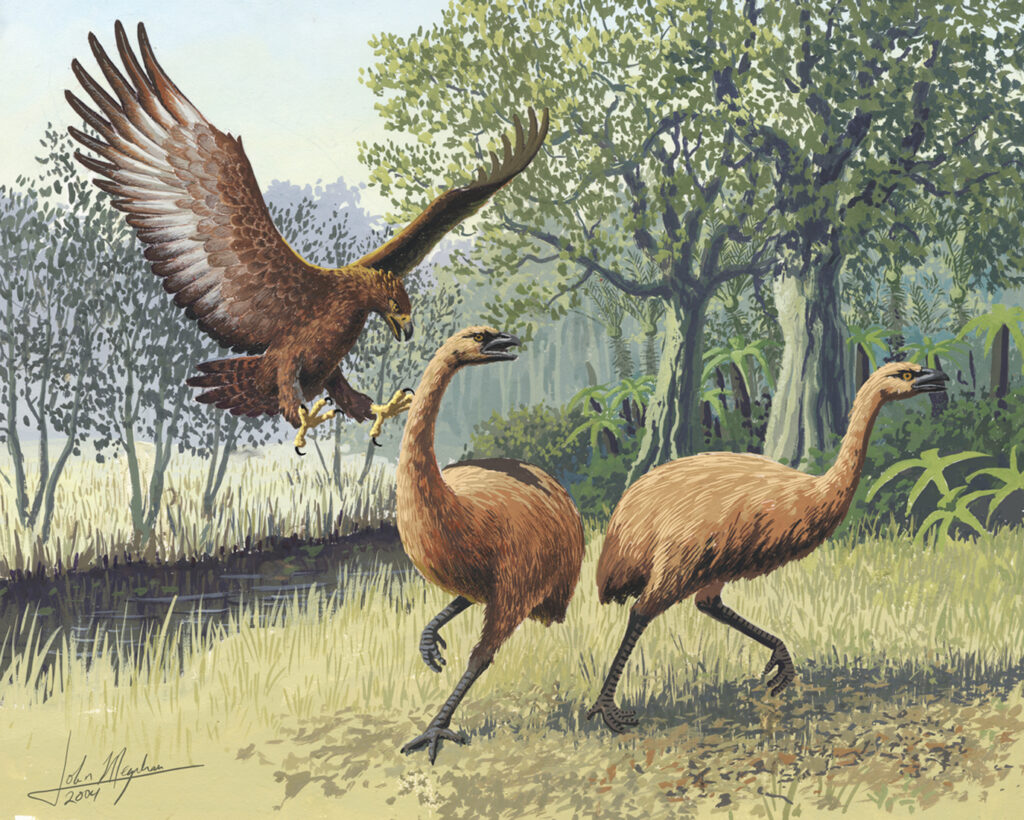
New Zealand’s geographical isolation created the perfect evolutionary laboratory for flightless birds, culminating in the extraordinary moa. These remarkable birds evolved into nine species across six genera, ranging from turkey-sized forest dwellers to the gigantic Dinornis robustus, which stood over 12 feet tall. Unlike most flightless birds, moa evolved with the complete absence of wing bones, not even vestigial structures, making them the only known birds to lose all trace of their ancestral flight apparatus. Their unique adaptations extended to specialized beaks for different vegetation types, powerful legs for traversing New Zealand’s varied terrain, and distinctive digestive systems containing gastroliths (stomach stones) for processing fibrous plant material. Genetic studies have revealed that moa were not closely related to New Zealand’s other famous flightless bird, the kiwi, but instead shared ancestry with South American tinamous. Their extinction occurred rapidly after Polynesian settlers arrived in New Zealand around 1300 CE, with archaeological evidence suggesting intensive hunting drove all nine species to extinction within just 100 years—one of history’s most dramatic examples of human-caused extinction.
Ecological Roles: Replacing Dinosaurs as Ecosystem Engineers
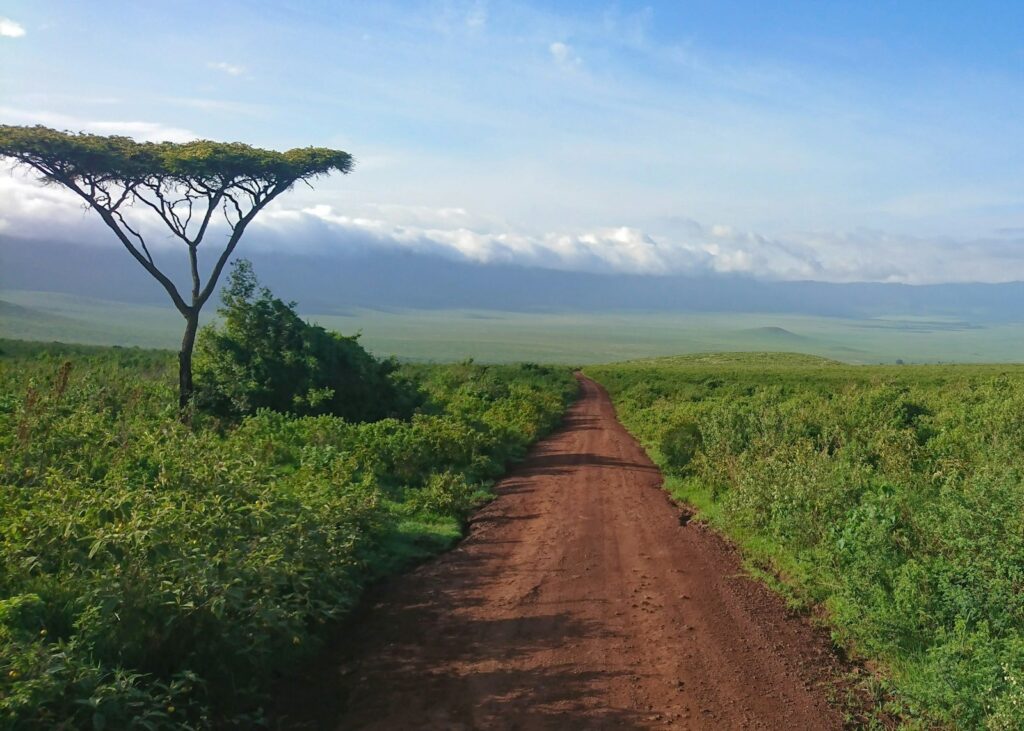
Giant flightless birds didn’t merely occupy vacated dinosaur niches—they became critical ecosystem engineers across multiple continents. As primary consumers, herbivorous species like moa and elephant birds shaped plant communities through selective browsing and grazing, influencing forest composition and structure throughout their ranges. Seed dispersal represented another crucial ecological function, with studies of fossilized dung revealing many species transported plant seeds across considerable distances, facilitating forest regeneration and plant diversity. Carnivorous species like phorusrhacids served as apex predators, regulating prey populations and influencing smaller predators’ behavior through competitive exclusion. Paleontological evidence suggests these birds created and maintained distinctive habitats—elephant bird movements created pathways through Madagascar’s forests, while moa browsing patterns helped maintain New Zealand’s unique mosaic landscape of forests and clearings. The ecological importance of these birds becomes particularly evident when examining the cascading ecological effects following their relatively recent extinctions, which triggered significant changes in vegetation structure, fire regimes, and small vertebrate populations across their former habitats.
Competing with Mammals: The Shifting Balance
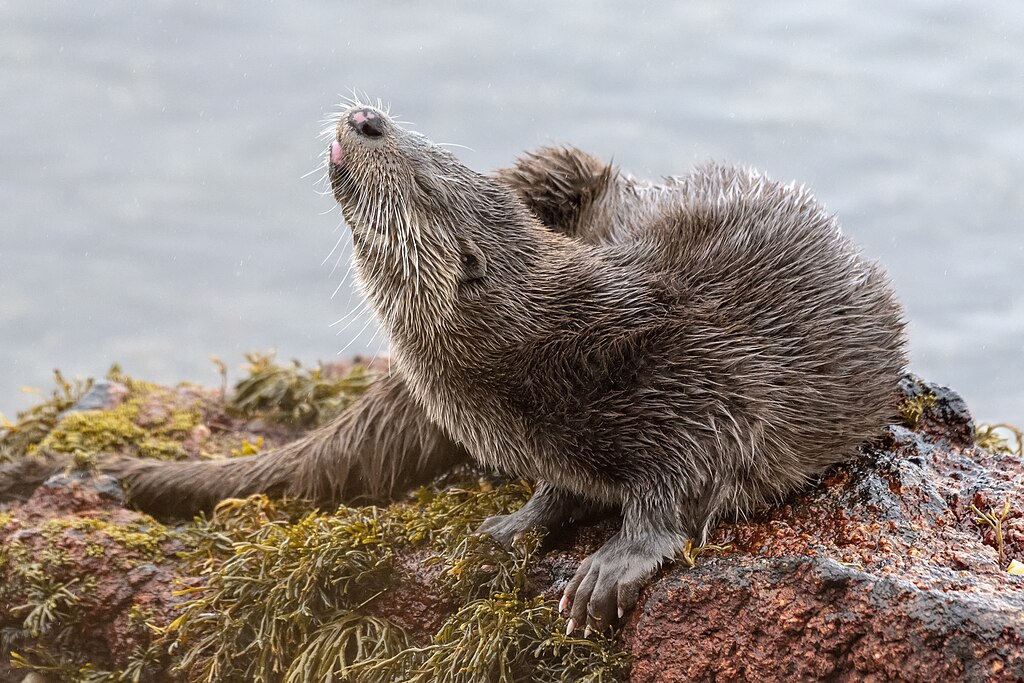
The evolutionary success of flightless birds was ultimately challenged by the gradual radiation of mammals into similar ecological niches. Following the K-Pg extinction, mammals initially evolved relatively small body sizes, allowing flightless birds to dominate many large-bodied niches during the Paleocene and early Eocene epochs. However, by the mid-Eocene (approximately 45 million years ago), mammals began evolving larger body sizes and greater ecological diversity, creating increasing competitive pressure on flightless birds. This competition manifested differently across regions—in continental areas like Europe and North America, flightless giants like Gastornis disappeared relatively early as mammalian ungulates and carnivorans expanded. In contrast, isolated regions like New Zealand, Madagascar, and Australia (until the Pleistocene) provided refuges where flightless birds maintained dominance due to the absence or reduced diversity of mammalian competitors. Fossil evidence from regions where mammals and flightless birds coexisted shows fascinating examples of niche partitioning, with birds often specializing in dietary or habitat preferences that minimized direct competition with sympatric mammals. The shifting balance between these groups represents one of evolutionary history’s most interesting examples of interclade competition playing out across millions of years and multiple continents.
Modern Descendants and Evolutionary Lessons

Several modern flightless birds represent living connections to this remarkable evolutionary story, though most exist as shadows of their ancient relatives’ diversity. The ratites—ostriches, emus, cassowaries, rheas, and kiwis—evolved flightlessness independently multiple times according to modern genomic studies, contradicting earlier assumptions about their evolutionary relationships. These survivors demonstrate the continuing viability of the flightless lifestyle when protected from introduced predators and habitat destruction. Beyond their biological significance, these ancient birds provide crucial lessons about evolutionary processes. Their history demonstrates convergent evolution, where similar ecological pressures produce comparable adaptations in unrelated lineages across different continents. The repeated evolution of gigantism in isolated bird populations illustrates Foster’s Rule (island gigantism), where species grow larger in predator-free environments. Perhaps most importantly, the rapid extinction of numerous flightless species following human contact offers sobering lessons about vulnerability—when specialized adaptations like flightlessness evolve in specific ecological contexts, they can become deadly liabilities when conditions change rapidly. These evolutionary insights continue informing both paleontological understanding and modern conservation efforts for remaining flightless species.
The Human Factor: Extinction of the Last Giants
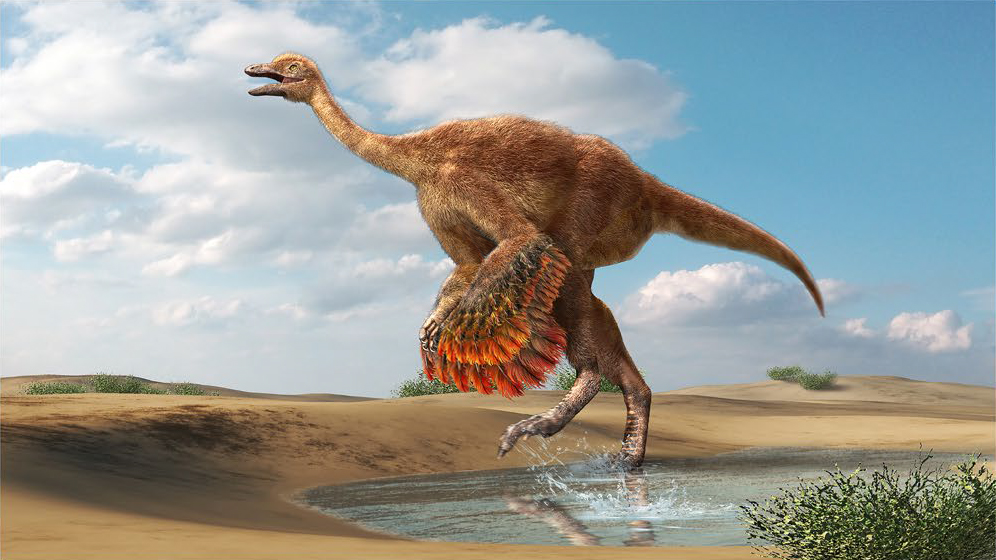
The evolutionary success story of flightless birds took a tragic turn with the global expansion of humans within the past 100,000 years. As Homo sapiens spread across continents and reached isolated islands, they encountered flightless birds that had evolved without mammalian predators or experience with human hunting techniques. Archaeological evidence documents systematic exploitation of these vulnerable species—moa hunting sites in New Zealand contain thousands of processed bird bones, while elephant bird eggshells show human modification for use as containers. Beyond direct hunting pressure, humans introduced devastating ecosystem alterations including habitat clearance through controlled burns, agricultural conversion of native landscapes, and perhaps most destructively, the introduction of invasive predators like rats, dogs, and pigs that targeted eggs and young birds. This lethal combination drove most remaining giant flightless species to extinction within remarkably brief periods after human contact. The dodo of Mauritius represents perhaps the most famous example, disappearing within less than a century of European arrival despite international recognition of its uniqueness. This pattern represents one of paleoecology’s most consistent and sobering lessons—specialized island adaptations, including flightlessness, create extreme vulnerability to novel human-associated threats.
Conservation Implications for Surviving Flightless Species
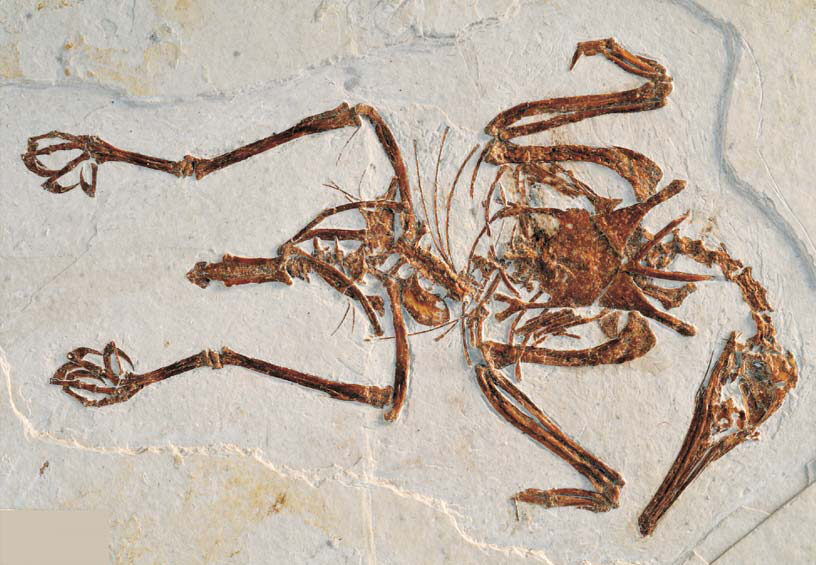
The evolutionary history of flightless birds holds critical implications for conservation efforts focused on surviving species. Today’s flightless birds—including kiwis, ostriches, emus, cassowaries, rheas, and various island-dwelling rails—face threats strikingly similar to those that eliminated their relatives. Habitat fragmentation remains particularly devastating for species that cannot fly between suitable habitat patches, effectively creating extinction traps even in partially protected landscapes. Introduced predators continue posing existential threats, with New Zealand’s kiwi populations declining at approximately 2% annually despite intensive conservation efforts, primarily due to predation by introduced mammals. Climate change presents emerging challenges, as flightless species cannot easily shift their ranges in response to changing conditions. Conservation strategies informed by evolutionary history have proven most successful, including predator-free fenced sanctuaries, intensive predator control in critical habitats, and translocation programs that establish insurance populations on predator-free islands. These approaches have helped reverse declines in species like the takahe and kakapo of New Zealand, demonstrating that understanding the evolutionary vulnerabilities of flightlessness can inform effective conservation interventions for remaining species.
Conclusion
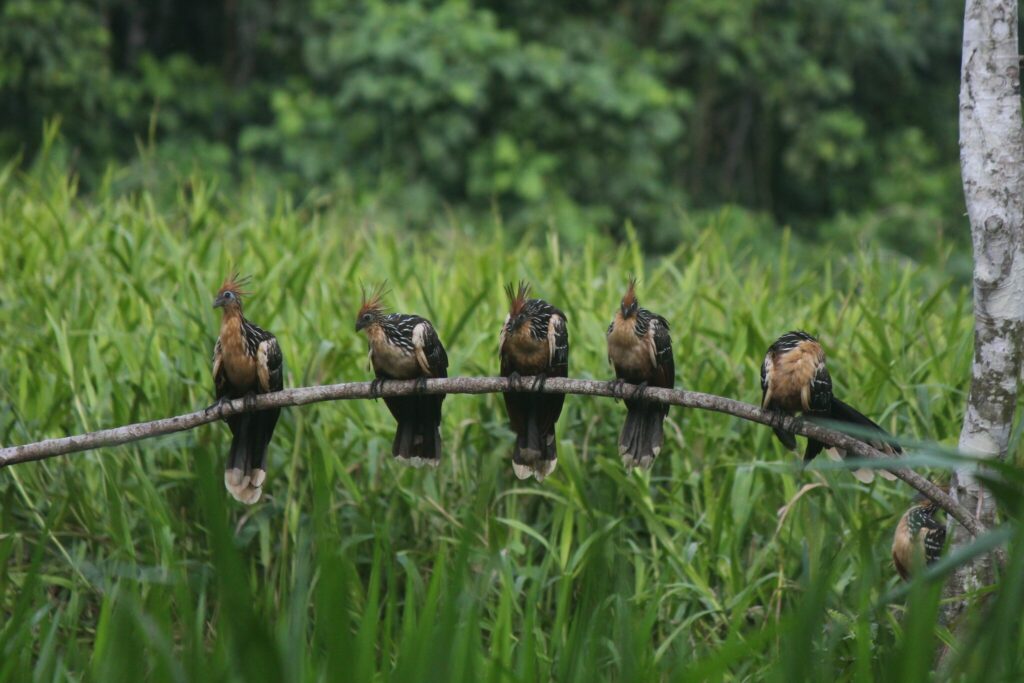
The story of flightless birds’ rise and fall following the dinosaur extinction represents one of evolution’s most fascinating chapters. These remarkable birds demonstrate nature’s resilience and adaptability, showcasing how evolutionary processes can transform flying ancestors into diverse terrestrial giants occupying ecological roles previously filled by non-avian dinosaurs.

